Billiard Room and Entertainment
Introduction
Text-to-speech Audio
The Long family enjoyed many different forms of entertainment in their home, including a billiards room with a Brunswick Monarch table. They also had a small private bowling alley that appears in the blueprints of the home. Billiards halls and bowling alleys were popular in the U.S. in the late 1800s and early 1900s, although many were limited to members and/or segregated by race. Wealthy families could afford to create their own billiards rooms for entertainment. At the turn of the century, home billiards rooms were usually "male spaces" that were all but completely reserved for male family members and guests. Today, the Kansas City Museum maintains this space for all patrons as both a contributing space to help interpret the history of the home and a place for patrons to enjoy the games that are located throughout the room.
Images
Fireplace in the Billiards Room on the Lower Level of the Kansas City Museum
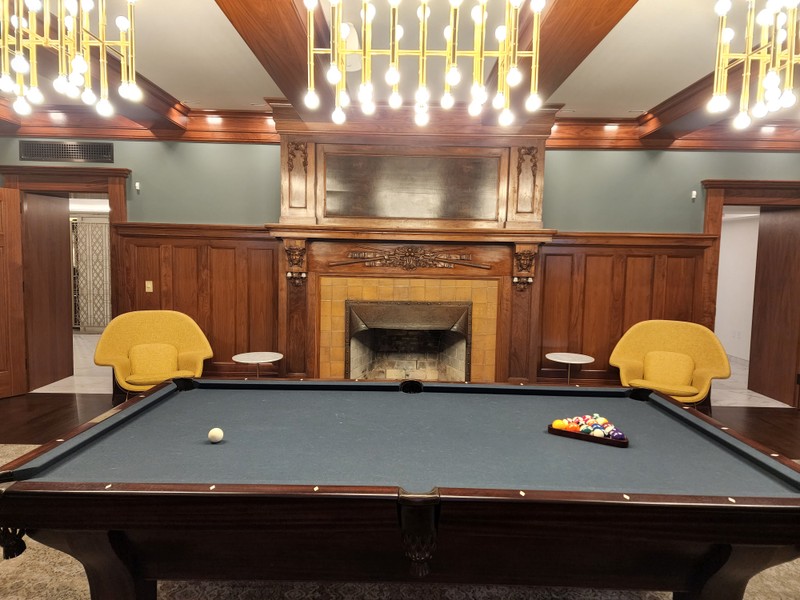
Blueprint of the bowling alley that was once present in the basement of the Kansas City Museum, when it was the Long Family home
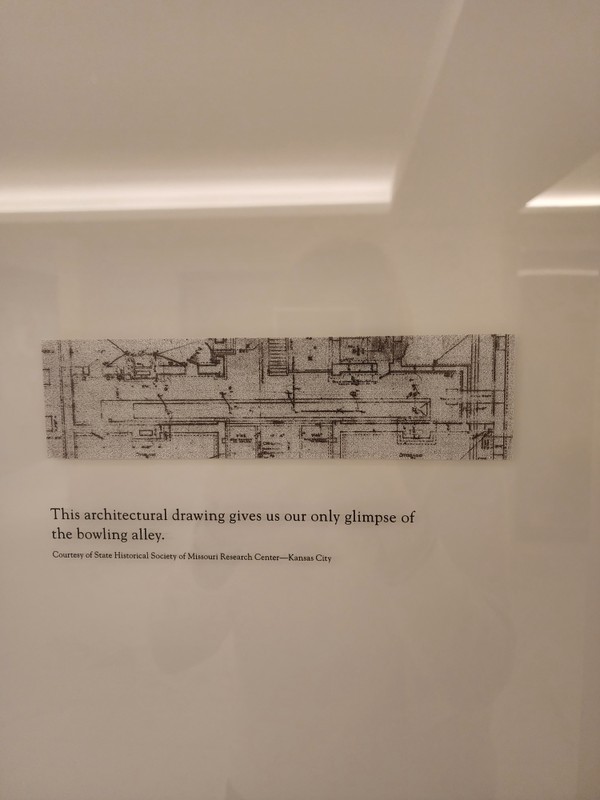
Board games available for use

Billiard cues for the billiards table
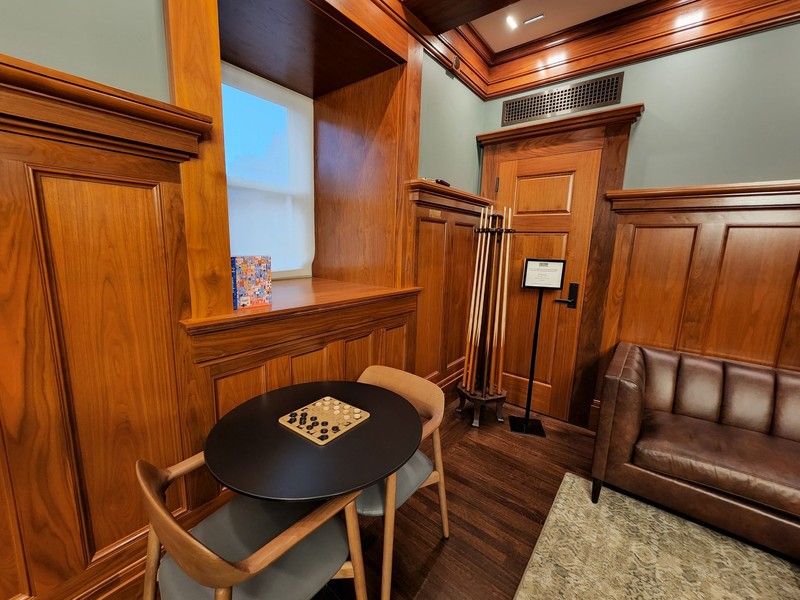
The center of the Billiards room
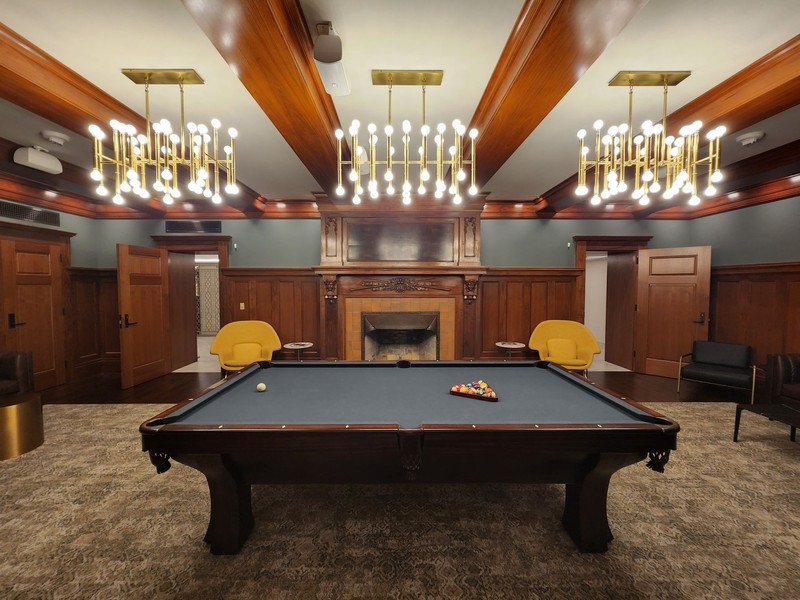
Looking into the Billiards Room
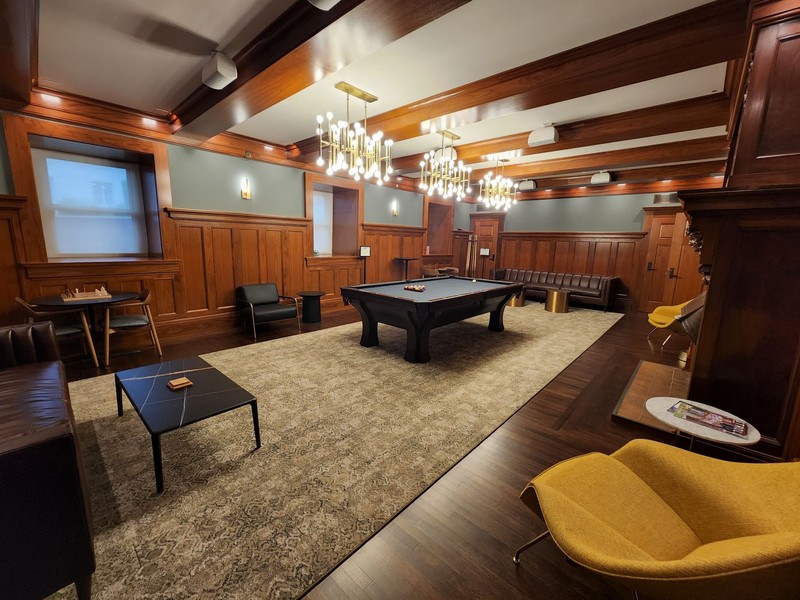
Backstory and Context
Text-to-speech Audio
The billiards room on the lower level of the Kansas City Museum once served as an entertainment room for the Long family. Billiards parlors were popular in the Kansas City area, with 194 in the city in 1911. In addition, wealthy families could afford to add their own billiards room in their mansions. The Long family had two classic Brunswick Monarch billiards tables and a smaller Klondike table. The first Brunswick Billiards table was created in 1845 by the J.M. Brunswick Manufacturing Company, owned by John Moses Brunswick. Brunswick tables became one of the most popular brands for billiards, owners of their tables included Abraham Lincoln. Brunswick Billiards continues to be a top billiards company, evolving their products as games evolved over time. As for the Long family's Klondike table, little is known about the rules of the game although it may have been aimed at younger players. It is unknown if Mr. Long kept the billiards room primarily for his own use or whether his purpose was to entertain guests and business partners, although billiards rooms were usually intended as a space for the men of the house and their invited guests to gather.
The basement offered further entertainment for the Long family with the inclusion of a private bowling alley. Unfortunately, the bowling alley was removed many decades ago, but the blueprints offer an idea of what the bowling alley would have looked like. The alley covered most of the basement's hallway and consisted of two lanes, with the pins and bowling balls having options for both adults and children. Many early 1900s mansions sporting a private bowling alley and it was a luxurious addition to the Long family household, demonstrating their wealth at the time.
The current billiards room in the Kansas City Museum houses a billiards table and lounge chairs. Patrons are welcomed to choose board games from the side of the room to play with one another, as long as the items are returned in an orderly fashion after their use.
Sources
- History of Bowling, International Bowling Museum & Hall of Fame. Accessed March 17th 2022. https://www.bowlingmuseum.com/Visit/Education/History-of-Bowling.
- 170 Years of Innovation, Brunswick Billiards. Accessed March 17th 2022. https://www.brunswickbilliards.com/history/.
- Wall texts and object labels. Downstairs at Corinthian Hall, Kansas City Museum, Kansas City, Missouri.
